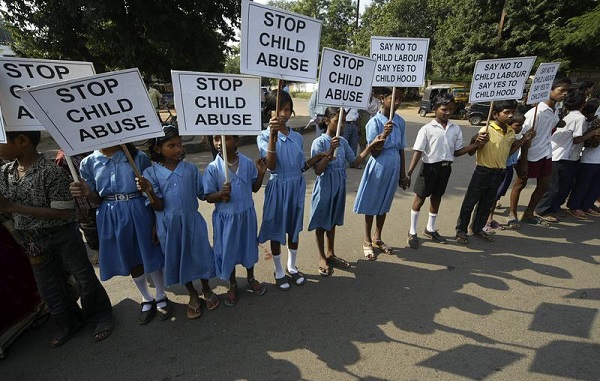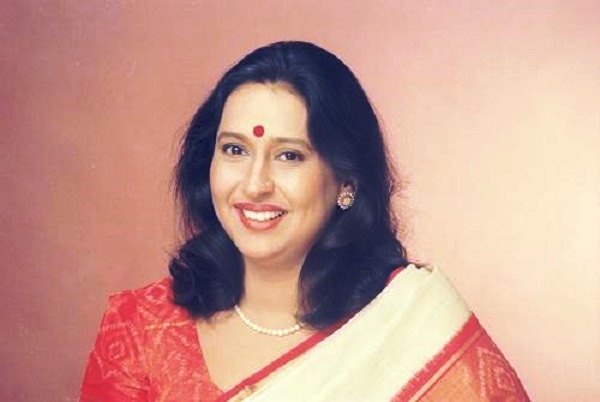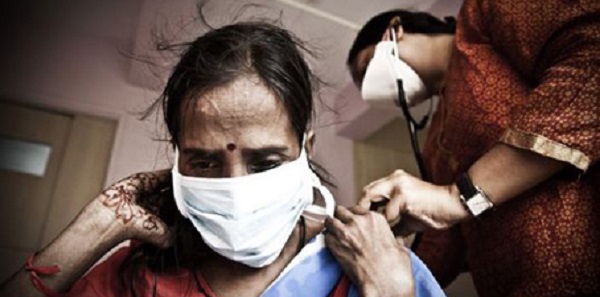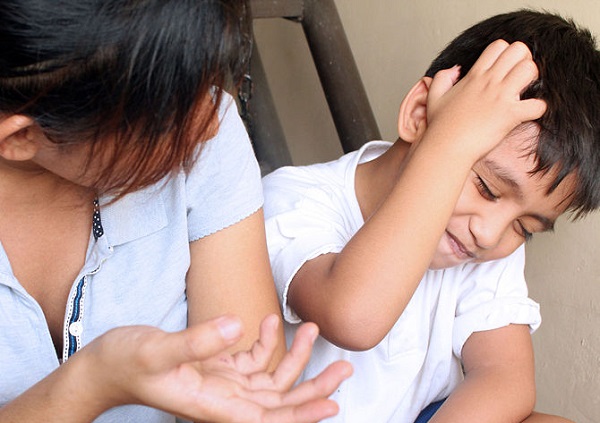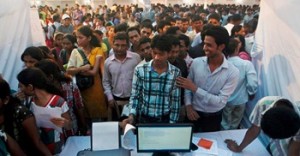What are you doing to save your child from being molested, abused? Start by being responsible for your child’s safety.
 by Dr Pooja Birwatkar
by Dr Pooja Birwatkar
Of late, newspapers are becoming a seriously scary read, especially for parents, as every other day there is news of molestation and sexual abuse, or rape of children. What is more appalling is that it is happening in schools, the so-called temples of learning. Schools are places where we send our children to learn and love life. Parents trust schools and send their beloved children there believing that the care and trust promised by schools would actually be provided.
Until now, many news items spoke primarily of horrendous men who committing such heinous crimes on innocent children, but there was a recent news item about a female school worker who sexually abused a small girl. I was shocked. So far, we have been shouting hoarse at schools to employ female attendants to deal with children, but now, I have to wonder: with whom are our kids safe?
The tiniest of bruises on our children makes our eyes well with tears. A smile on their faces brightens our day, and we strive to make their world a happy place. Every parents puts his or her best food forward for their child. But even as we try to shield them from the evils of the world, we have to step back and ask ourselves: For how long can we protect our children? One day our little one will grow up and be on his own. So far, we’ve taught our children to trust their elders in schools. Now even that myth has been rudely shattered. So what do we tell our children now?
I really wouldn’t mind home schooling my child, but who will monitor the tutor? There have been recent incidents of home tutors mercilessly beating up children as well.
It is time for parents to take matters in their own hands. Firstly, however, parents must realise that abuse happens with little boys, too. Our concern towards the girl child as a potential victim somewhere dilutes our attention towards the male child. Some people think that abuse doesn’t happen with boys, and if it does, it is not such a serious matter. Well, hello – a child is a child, boy or girl. Some parents are also guilty of not reporting abuse that their little boys face.
As the days go by, we must strengthen our resolve to save our children from sexual abuse of any nature, verbal or physical. It is not merely enough for parents and teachers to say that they have educated their children about good touch and bad touch. I’ve got some ideas that might help:
- Parents should make permanent groups which work towards such causes. When going to PTA meetings, wear badges that say this:
| SO WHAT ARE YOU DOING FOR THE SAFETY OF OUR CHILDREN |
If every single parent walks into school with such badges, schools will be pressurised to take extra care for our children’s safety.
- Insist on written guidelines regarding safety from schools.
- If some parents are well versed with training, join hands with schools to regularly conduct training sessions for teachers as well as school bus conductors, drivers, mausis and all staff on the school campus.
- Conduct safety weeks in schools. Ensure that the school calendar does not make safety concerns just an annual feature.
- Voice out your own experiences.
- Those parents who send their children to school in private vans with no attendants, must try out the school buses provided by schools as a safety measure. However, try and closely monitor the behaviour of the attendants as well.
- Be attentive to any behavioural changes in your child and trust what he or she says.
- Teach your child to stand up without fear and report and untoward incident. Children should also be encouraged to report incidents of abuse they may have seen in school or other places.
Make a start. Take your child’s safety very seriously. Your child will thank you for your concern.
Dr Pooja Birwatkar is currently pursuing post doctoral research and working in the area of science education. She has been associated with the field of education in the past as a teacher educator, and her area of interest is research in education.
(Pictures courtesy www.nation.lk, newshopper.sulekha.com)
